Whether you’re launching a new brand, updating an existing company’s identity, or starting up a new business, a well-designed logo is the starting point for elevating your brand. Every company benefits from a well-designed logo, because unless you manage to corner someone with an elevator pitch, your logo is your first impression.
But it’s more than just a way to get your foot in the door: it’s your face, your signature, and your brand identity, wrapped into one. It’s… well, it’s your logo. Consistent and controlled use of a strong logo can build brand recognition, sending a message of stability to customers. When properly designed, it has the ability to communicate a message directly to your audience. It can even trigger certain physical and emotional feelings: it can stand for something. For all of these reasons, a good logo can elevate your brand in ways that a bad one can’t. So, you might be wondering: How can I get my logo to do all that?
Six Key Steps to Design a Logo That Elevates Your Brand:
#1 Research:
Everything you do moving forward will be based on the information you gather here, and the decisions you make.
Who are you?
What does your company offer? What is its personality? What does it stand for? You’ll want these questions answered before you get to work on a design because before you can tell your story, you should have an idea of what that story is.
Who is your audience?
Who are you telling your story to? Think about things like your target market’s age groups, daily patterns, common opinions, behavioral tendencies, and spending habits, so you can speak their language.
Who are your competitors?
When consumers are searching for your product or service, who else may get their attention, and ultimately, their business? How can you stand out?
What’s your story?
Now that you know who you are, whom you’re competing with, and what you’re going to say, choose the top two or three messages you want to communicate to your customers.
Tip: In order to eliminate, or at best reduce, inefficient modifications and backtracking, everyone involved in the final decision should be included in this process from the start.
#2 Design:
Now that you have your story straight, you can start to design a logo. The goal is to create a graphic that communicates your most important message clearly and quickly. Try to avoid confusing the message with too many variables.
Sketch and Experiment.
This first step is an exploration to discover shapes and letters that may work together. Play with negative space, modifying symbols and letters, combining elements in an unusual way.
Choose a Font.
Fonts can visually communicate a message through their style, so if you plan on including text in your logo, be sure to take advantage of the font’s personality. Since there are literally thousands to choose from, here’s a quick overview:
- Serif fonts: convey a classic, traditional feel. They tend to be more serious, refined, or glamorous.
- San-serif fonts: are clean and timeless. They often have greater flexibility when combined with several elements.
- Script fonts: are often used to communicate elegance or affection, they have a sentimental feel to them.
- Handwritten fonts: send a more casual and creative message.
 Add Color.
Add Color.
Similarly, color also communicates certain thoughts and feelings. For that reason, certain colors tend exist within specific markets. Blue, for example, dominates the corporate landscape because it conveys strength, security, and dependability. Before you design a logo, see below for additional colors, and what they communicate.
- Black: serious, powerful and intelligent
- Red: attention-getting, energetic and cheerful
- Yellow: positive, warm and youthful.
- Green: harmonious, fresh and balanced
- Purple: royal, respectful and imaginative
The Bonus Round.
Not all logos require an unexpected element to be successful, but it can help stand out from the pack. Two well-known examples are the arrow in the FedEx logo and the A-to-Z in the Amazon logo.
Tip: First impressions are difficult to modify. Use that to your advantage by creating a graphic that is unique and memorable. The design process is a great time to consider hiring a professional.
#3 Test:
After you have a few logos to choose from, the next step is to test them. The goal is to find out if the viewer received the intended message. Without an extensive overview, ask what feeling is perceived, what thoughts come to mind. It is important not to explain your design decisions during the testing. It’s beneficial to test one individual at a time, or ask for written feedback in a group to eliminate discussion.
Tip: Ideally, your audience would be potential consumers, but family and friends will do in pinch.
#4 Modify:
Review the comments and suggestions from the test audience to determine if any modifications are necessary.
#5 Variations:
Once you’ve settled on your logo, it is time to create variations, which are modifications to your primary logo used for specific situations. Your goal here is to end up with files for print and digital, full-color and one-color variations, as well as vertical and horizontal versions. Depending on your logo, there may also be a need for a wordmark (text without icon) or a logomark (icon without text).
Tip: Logo variations are an important step to elevating your brand, providing a consistent look and feel across all media.
#6 Style Guide:
This is the last step before final delivery. The Style Guide provides the do’s and don’ts with regards to applying your logo and all it variations. This is an integral step to elevating your brand. When used diligently, the Style Guide is the piece that ensures you are building brand recognition.
Tip: Anyone who has access to your logo should refer to the Style Guide.
In Conclusion
A logo is a powerful tool, but it’s important to understand that on its own, it probably isn’t going to make or break your brand. Without a robust company to back it up, and a story worth telling, the best logo in the world might still fall flat. To learn more about how to design a logo, cultivating your brand identity, and having a story worth telling, get in touch with us at The S3 Agency. We’d love to hear from you!
About Lisa:
“As a designer with 20+ years of agency experience, I’m continually exploring the ever-changing world of design. When I’m not pushing the limits of type and layout, its a good bet I’m outside socializing, hiking, or wandering through a flea market.”






